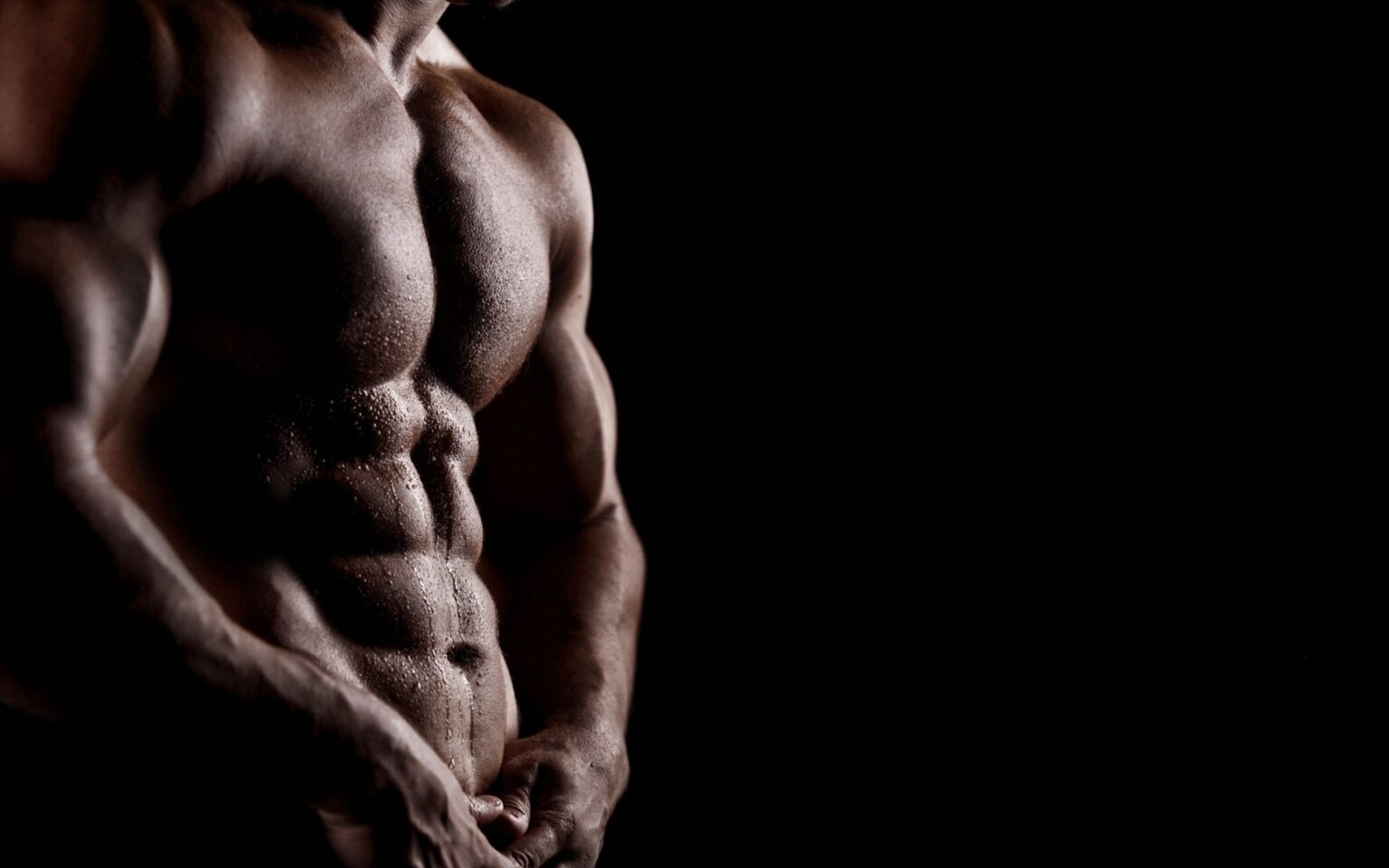Advancing technology is a great thing – after all, it’s seen us progress from the TV to the video and now the DVD. Advancing technology for gym goers has seen the rise of the multi gym, the smith machine and the nautilus variable cam. One of the unfortunate side effects of such progress, however, is that sometimes the old, tried and true basics get lost in the rush to try out the new and exciting. Nowhere is this more evident than when it comes to the dead lift. Once the king of mass and power movements, the dead lift is virtually unknown by modern day weight trainers. Those who are familiar with it have been taught to leave it alone as a useless and potentially dangerous movement for bodybuilders. The truth of the matter, however, is that there’s only one way to build a physique that emanates rugged power and thick, deep mass – and that is to enter the dead zone.
WHY IT’S SO GOOD
There is no other exercise that will increase your core strength while packing thick slabs of muscle onto your torso than the dead lift. Every muscle group at the back of your body is involved in this deceptively simple movement. Here’s how each of them comes alive when you dead lift:
Calves: The gastrocnemius, along with the soleus, is the part of the calf responsible for plantar flexion at the ankle, which naturally occurs when you dead lift. Result? Dead lifting will increase the size of your calf muscles.
Hamstrings: The hamstrings do two things – they extend the hip and flex the knee. So it follows that to fully develop them we need to mimic both of these movements. Leg curls, which are the start and finish of most bodybuilder’s hammy program, only flex the knee. Enter the deadlift – it provides full hip extension and, therefore, a great hamstring work out (the stiff legged variation even more directly targets this muscle group).
Glutes: The gluteus maximus is the biggest, strongest muscle in your body and it gets direct stimulation from the hip extension involved in the dead lift. As well as giving you a kick-ass butt, it’s development will give you tremendous thrusting power when you jump or sprint (or whatever else you choose to do).
Spinal Erectors: These are two thick columns of muscle that run alongside the spine from just above the hips to the mid back. Their prime functions are to straighten the back from a bent position and arch the spine. They are also largely responsible for maintaining a fit and problem free lower back. Dead lifts will hammer them mercilessly.
STANDARD TECHNIQUE
Place a loaded barbell on the floor in front of you. Squat down, with feet shoulder width apart, to grab it with an overhand grip, arms slightly wider than shoulder width. With arms straight and back arched, lift to an upright position. Pause at the top before lowering back to the floor.
OPTIMIZED TECHNIQUE
Stand in front of the bar with feet shoulder width apart and toes pointing out slightly. With back arched squat down to grab the bar with a reverse, shoulder width grip (one hand should be supinated (palms facing you) and the other pronated (palms facing away)). Hold the bar as high on the palm as you can to allow for any bar roll as you lift. Begin the upward pull by driving your heels into the ground as you pull the bar towards you and up. As your knees straighten the bar should be right up against your legs. As you near the top of the movement push your hips forward and your shoulders back. Lift to an upright position with legs straight. Your shoulders should be pulled back and your lower back arched. Pause for a two count and then slowly lower to the floor. Pause and move into your next rep. Don’t let the momentum of a fast rep rate do the work for you.
5 THINGS YOU SHOULD NEVER DO WHILE DEAD LIFTING
(1) Round your Back: Rounding your back is the natural reaction to going heavy on the dead lift. But, unless you want to take 20 excruciating minutes to get your pants on in the morning, you must avoid this tendency at all costs. Keep your chest high, chin up and eyes focused on a spot above you and you’re back will naturally remain arched.
(2) Jerk the bar up or move so quickly between reps that momentum is doing most, or any, of the work. You want to have a smooth cadence and a slight pause at both the top and bottom of each rep.
(3) Lean back at the top position. While this was recognized as good form in decades past, we now know that it puts too much stress on your lower back. If you want to hyperextend, do hyperextensions.
(4) Move your foot position during the movement. Keep your feet planted in one spot and push through your heels as you lift. Juggling your feet with a handful of heavy iron could give a whole new meaning to the Dead lift.
(5) Lift your hips faster than your shoulders. Correct technique has the hips and shoulders moving together. If you have already straightened your legs before the bar has hardly left the floor, you need to drop the weight back and get your form on song. Failure to get this right could lead to serious back rounding

